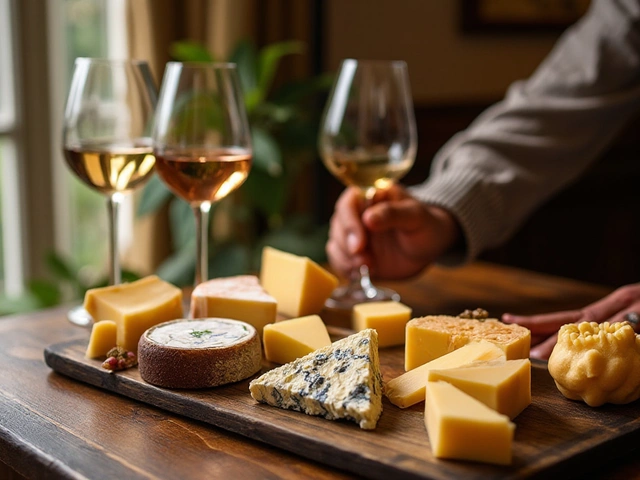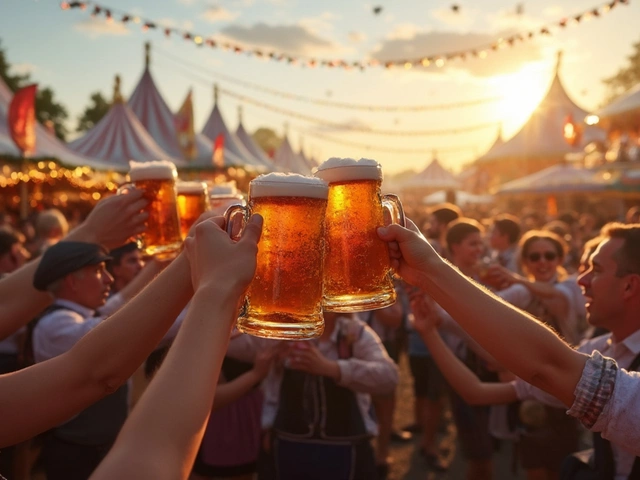Homebrew Beer – Your Quick Guide to Brewing Better Beer at Home
If you’re new to homebrew or looking to level up, this page gives you the basics you need right now. Forget the jargon – we’ll keep it simple, useful, and straight to the point.
Start With the Right Gear
The first mistake most beginners make is skimping on equipment. A good 5‑gal fermenter, a reliable temperature controller, and a clean set of sanitizers are non‑negotiable. You don’t need a fancy lab, but you do need things that won’t introduce off‑flavours. Clean everything, rinse with boiled water and let it air‑dry before you start.
Next, think about your water. Tap water works fine if it’s clean and doesn’t have a strong chlorine taste. If it does, run it through a carbon filter or use bottled water. Your water’s mineral content affects the final flavour, so a quick test can save you a bad batch.
Pick a Simple Recipe and Stick to It
When you’re just starting, choose a recipe with a short list of ingredients – a classic pale ale or a simple lager works well. The post “What Is the Number One Beer in the World?” gives insight into popular styles, which can help you decide what to brew first.
Measure everything precisely. Use a digital scale for grains and a calibrated hydrometer for specific gravity. Small errors add up, and you’ll notice the difference in taste and alcohol level. Record your numbers in a notebook or a phone app – consistency is key.
During fermentation, keep the temperature steady. Most ale yeasts love 65‑70°F (18‑21°C). A cheap heat‑pad or an insulated box can keep things stable. If the temperature spikes, you risk off‑flavours like fusel alcohols.
When the primary fermentation is done (usually 7‑10 days), give the beer a gentle secondary ferment for another week. This clears the brew and lets harsh flavours mellow. Patience pays off – don’t rush the bottling step.
Finally, bottling. Add the right amount of priming sugar (about 4‑5 oz for a 5‑gal batch) to create carbonation. Use swing‑top bottles or regular caps, but make sure they’re sanitized. Store the bottles at room temperature for two weeks, then chill and enjoy.
Looking for more ideas? Check out the post “Best Healthy Mocktails” for non‑alcoholic options, or “Best Foods to Eat Before a Whisky Tasting” if you want to pair snacks with your next brew night. Our tag page bundles all the relevant articles, so you can explore deeper topics whenever you’re ready.
Homebrewing is a learning curve, but each batch teaches you something new. Start simple, keep things clean, and let patience do the rest. Happy brewing!
Brewing beer at home can be a rewarding and enjoyable process. The time it takes depends on several factors including the type of beer and the method used. Beginners typically take around four weeks to complete a batch, which allows for fermentation and conditioning. With the right tools and patience, anyone can create a delicious brew from the comfort of their home. Having fun and experimenting with ingredients can lead to wonderfully unique flavors.
View Details

